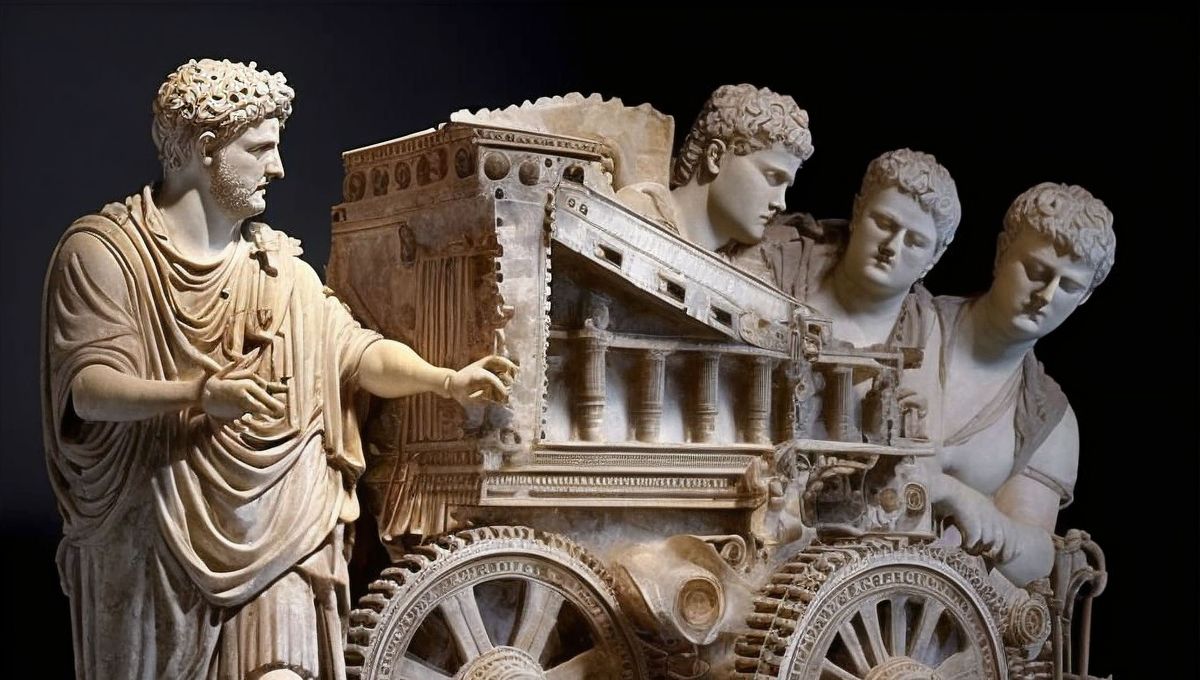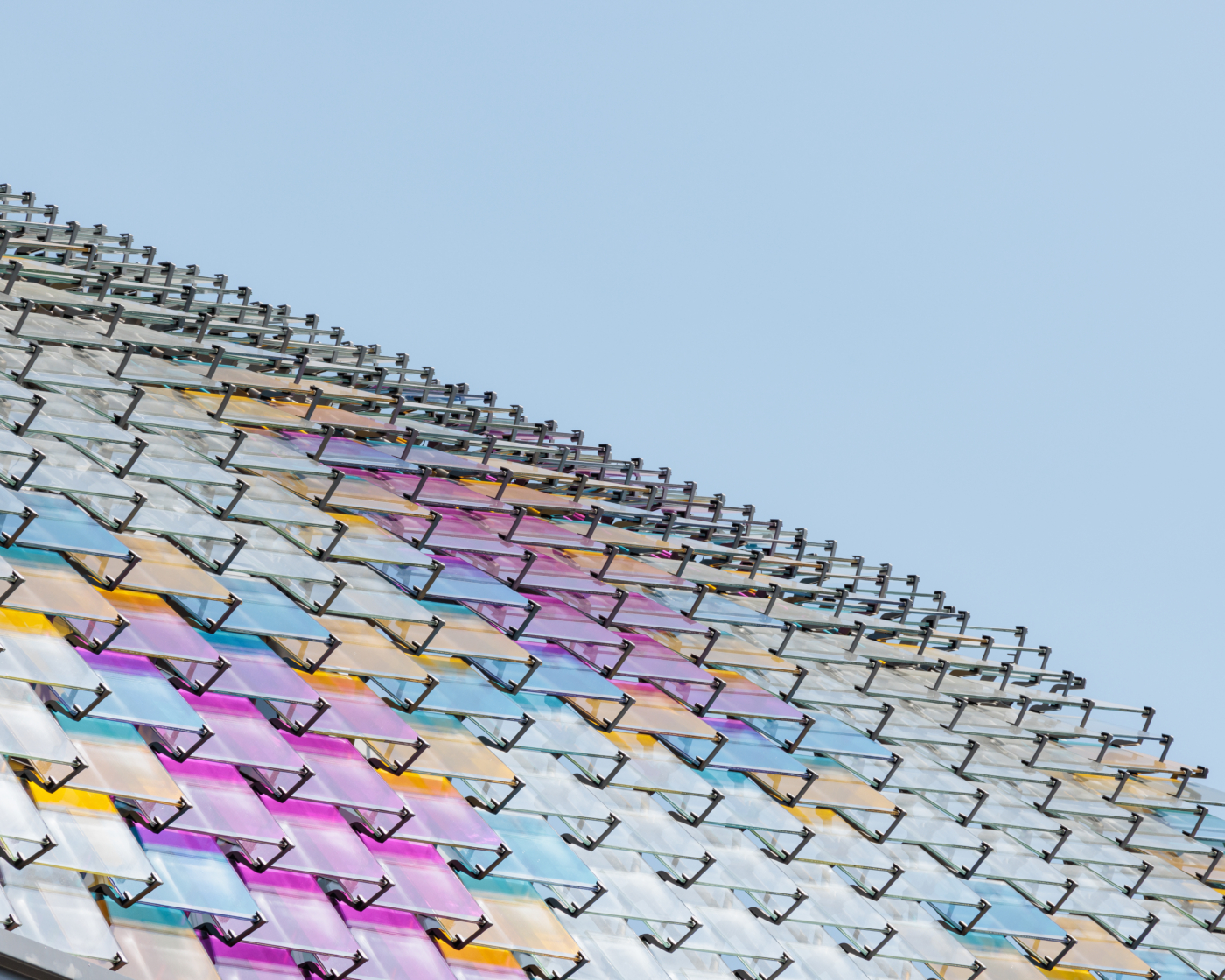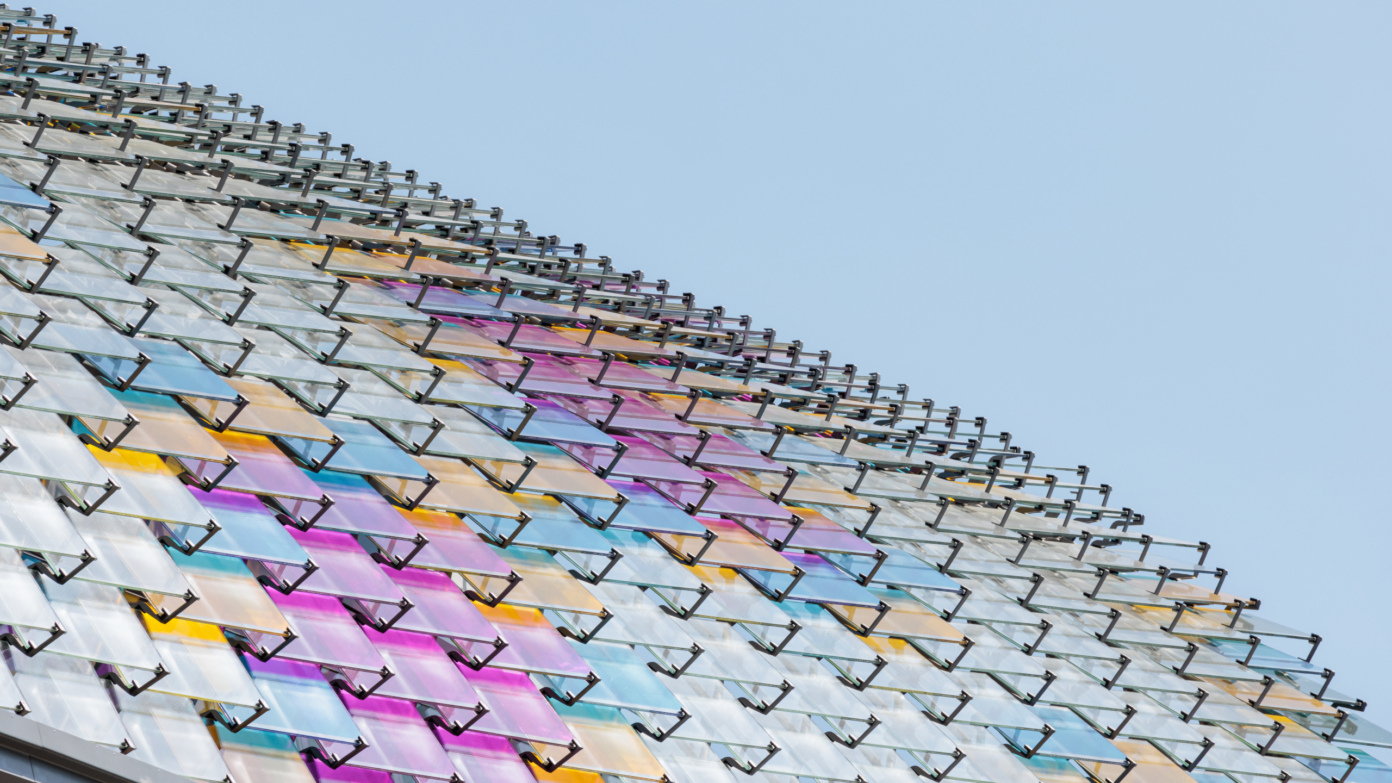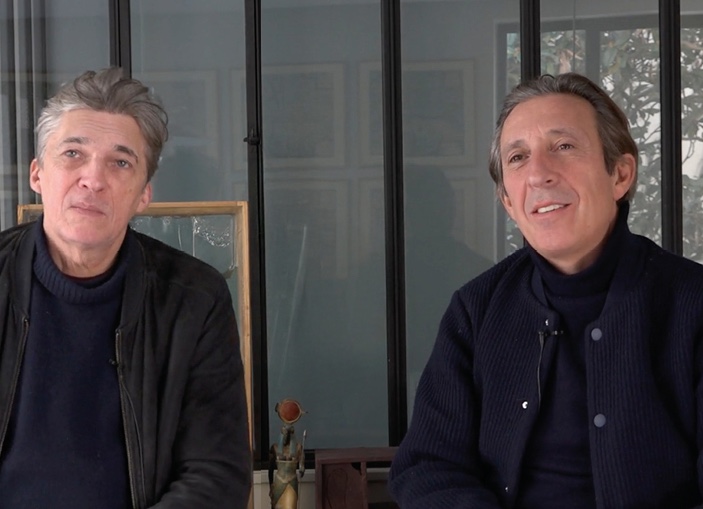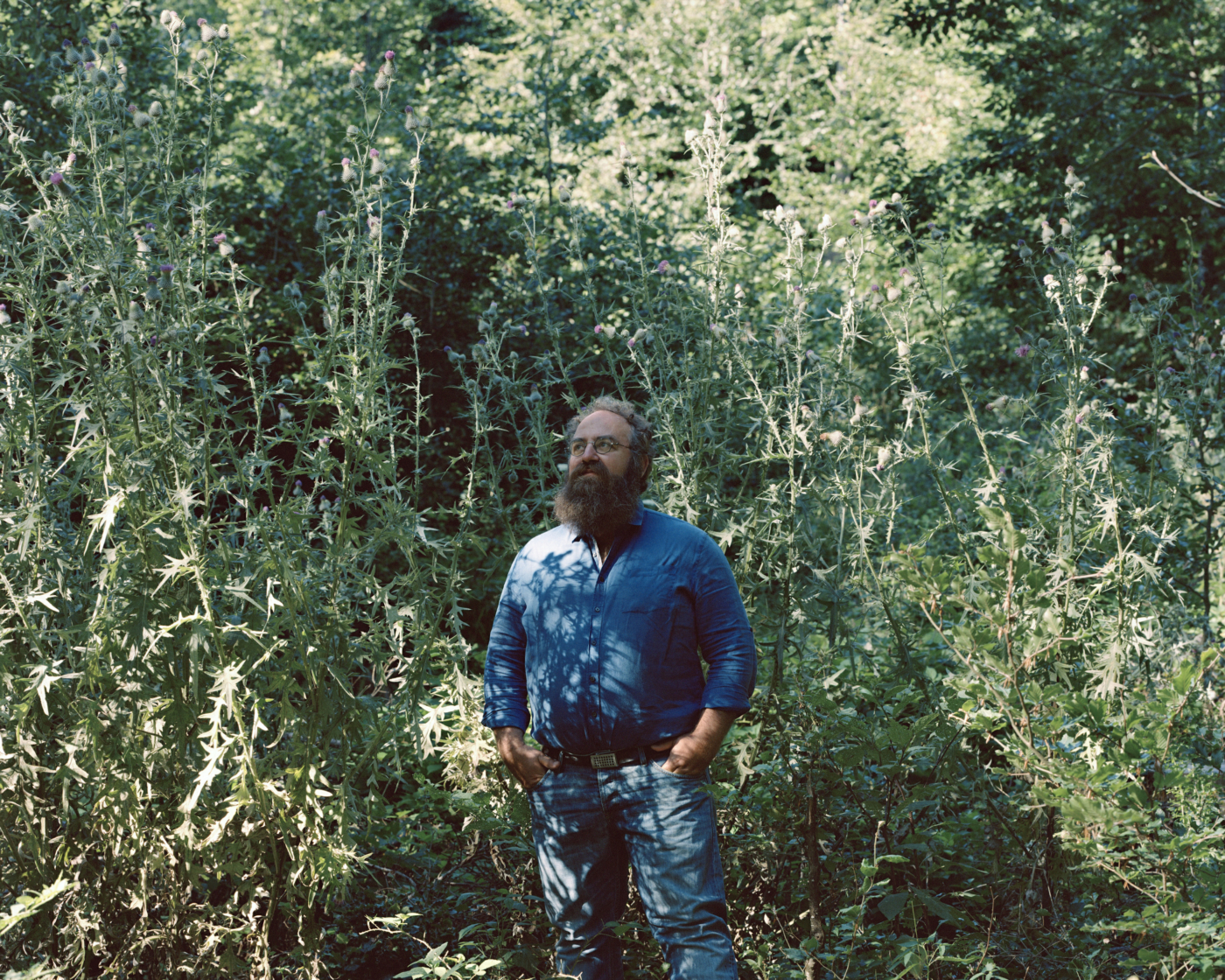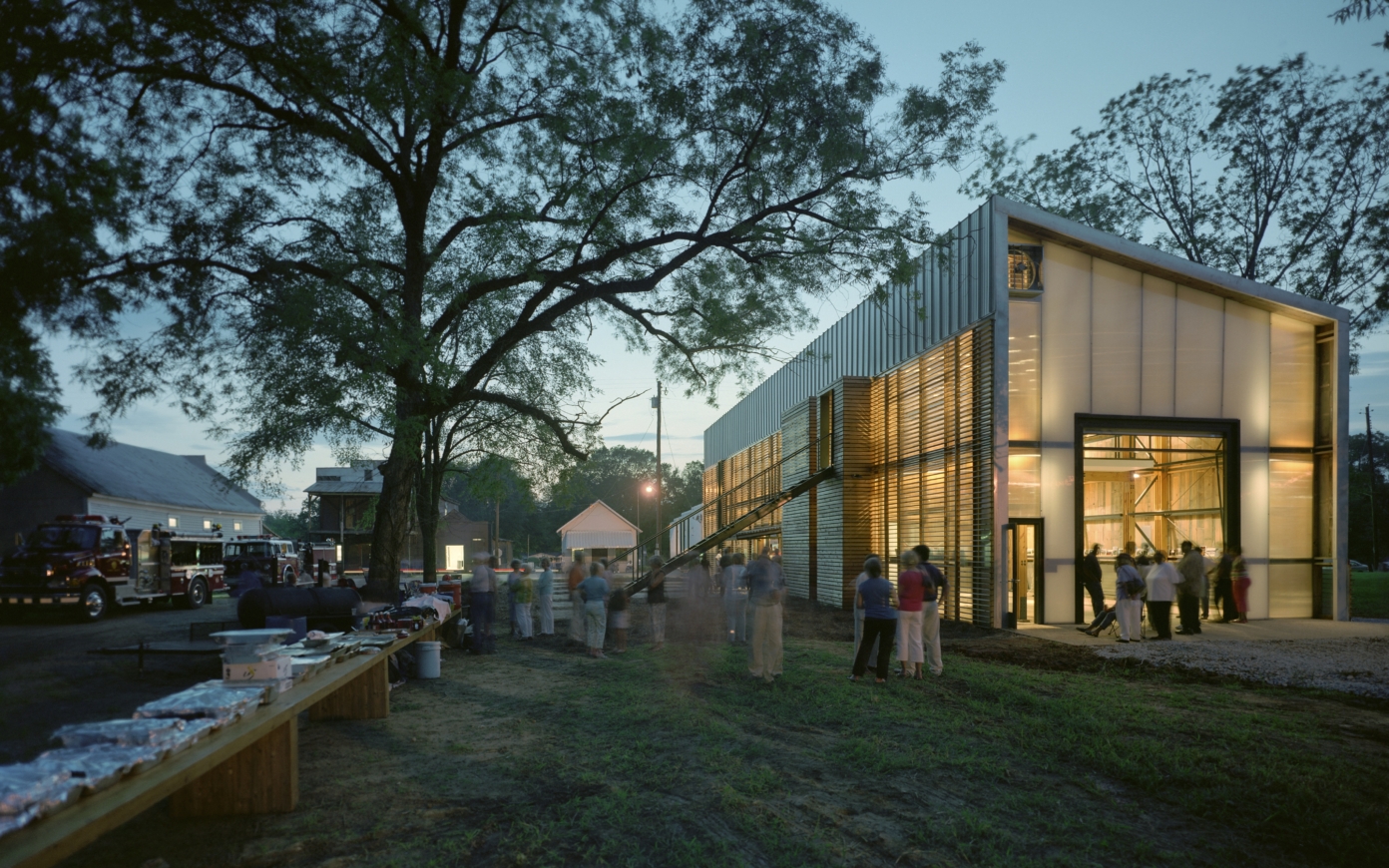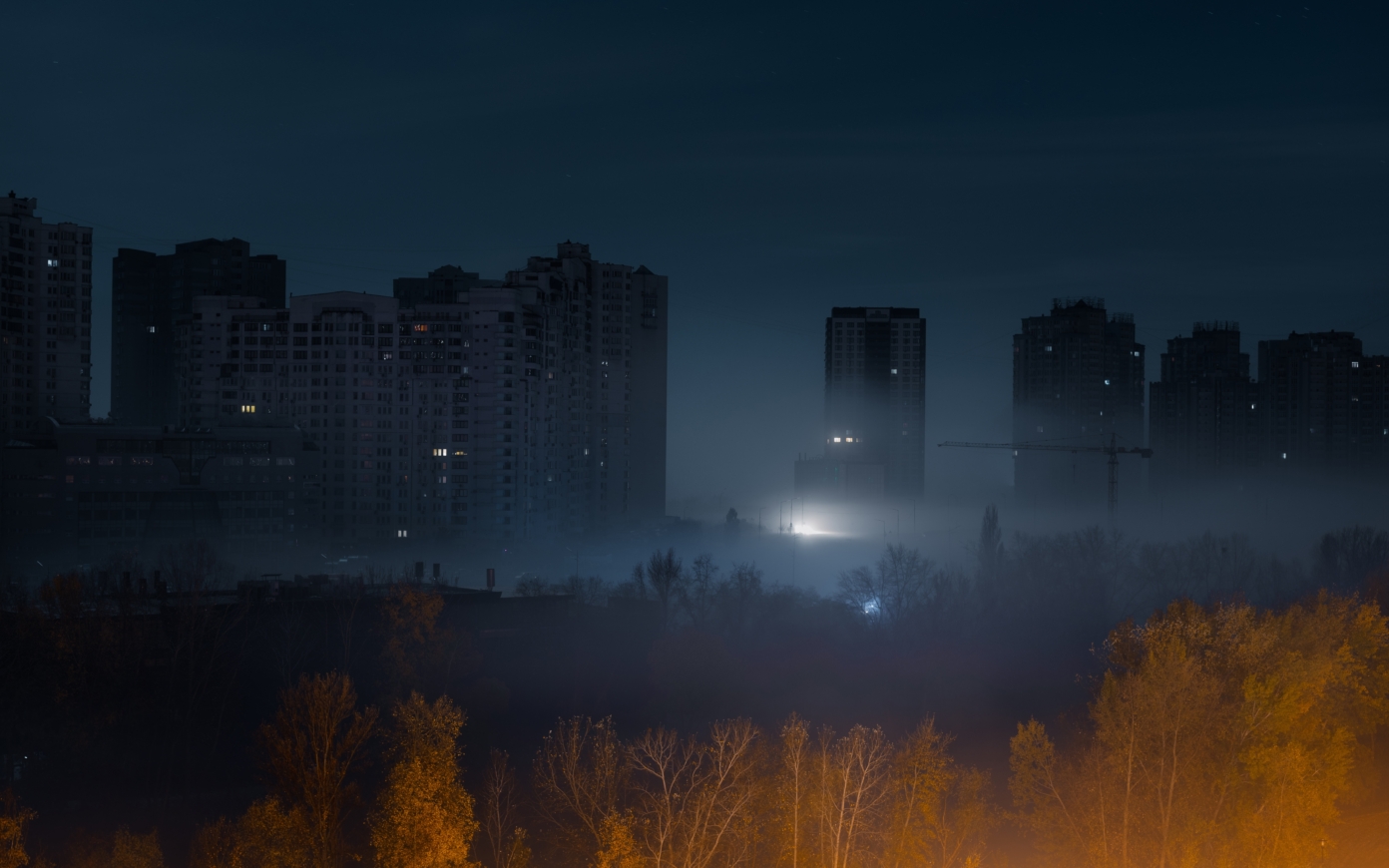“Renaturing” Architecture

- Publish On 18 November 2017
- Chris Younès
As the living increasingly emerges as the conceptual horizon of urban production, philosopher Chris Younès analyses the dynamics of an architecture of environments. Whether biotope or architecture, environments are the product of the interactions that constitute them and continuously transform them. Considering environments in this way allows us to emphasize “the in-between,” with every metabolism being both self-organized and porous, operating within a system of relationships. In this way, it insists upon the fecundity of the “reliances” that exist between city and nature as the condition for a symbolic reestablishment of urban environments through an increased coexistence with nature. Developing urban environments’ capacities for resilience requires that we no longer step outside of our environment, as modern thinking would encourage, but rather drives us to understand and establish alliances with the environment, with the goal of revealing, managing, and revitalizing it. In this way, we will see the reemergence of new ways of thinking and doing, in order to “renature” both architecture and the city.
The issue is life, in all of the meanings that can be attributed to the word, both on a biological and cultural level. Today, the living provides a new paradigm that places the emphasis on the question of the environment of living beings, the way that these environments determine their lives, and how living beings interact with these environments. Living environments, “in-betweens,” co-existences, co-rhythms, and resilient metamorphoses: each one of these conceptual principles shifts and revitalizes the borders that Man has established between himself and nature. We can consider that they clarify the dynamic of an architecture of environmentsThe idea was developed in Chris Younès and Benoît Goetz, “Mille milieux,” Le Portique no. 25 (2010). that emerges from their dynamic interlacing.
Living environments
Thinking about living environments reveals itself to be particularly fruitful insofar as it leads us to consider continuity and discontinuity side by side. In ancient Greek, as Giorgio AgambenGiorgio Agamben, Homo Sacer, Le pouvoir souverain et la vie nue (Paris: Seuil, 1997), 9. reminds us, the living refers to two terms: that of zoé, the fact of being alive, for animals as for men, and that of bios, an individual’s type or way of living. Among the moderns, it was Leibniz who reactivated the twin tendencies of vitalism and animism, not because for him the world is an animal but rather because it is “full of life.” And this in reaction to the dominant mechanism, in other words in reaction to Cartesianism. Opposing the reduction of physical bodies to a passive energy and scope, he advocates their activeness and their dynamic nature having endowed them with action and force.Gottfried Leibniz, Nouveaux essais sur l’entendement humain, preface p. 35 and book 1, chapter 1, p. 57.
One of the references heavily mobilized by very different contemporary philosophical currents—whether by Gilles Deleuze, Henri Maldiney, or Peter Sloterdijk—is that of the naturalist and biologist Uexküll, one of the forerunners of ethology, who analyzed the way in which the living animal or human builds their territoryJakob von Uexküll, Mondes animaux et monde humain (Paris: Gonthier, 1956). and how perception and behaviour are involved in establishing a spatiotemporal world that links the outside and the inside. Uexküll forged two concepts that are essential to his work, being the Umwelt, the outside world, and the Innenwelt, or inside world, highlighting how each inhabited environment associates them and how each of them, even the most cursory, reveals itself to be unique and multiple. In general, when it comes to the notion of environment or the centre (in French both can be translated by the same word milieu), there is simultaneously the idea that “we cannot speak of the environment, or middle, but rather the environment or middle ‘of’According to Georges Canguilhem, “Take away the environment, and you take away the living. If you take a fish out of water it will die.” Georges Canguilhem, “Le Vivant et son milieu,” in La Connaissance de la vie (Paris: Vrin, 1965), 129–54. something,” that everything is already here, without us being aware of a beginning or an end, but at the same time being aware that everything is happening. Deleuze and Félix Guattari consider the environment to be rhizomatic, (“we begin in the middle”). When it comes to both biotopes and architectures, they are simply the product of interactions that constitute them, interactions that are constantly changing.
“Between”
Sloterdijk places the concept of immunology at the heart of the Spheres trilogyNotably Peter Sloterdijk, Ecumes – Sphères III (Paris: Maren Sell, 2005).—with its Indo-European root “mei” meaning to change, exchange—which treats the properties of self-organization in terms of capacities for attack and defense with regard to other, possibly pathogenic, agents. In connection with the reference to metabolism, he goes as far as announcing the birth of biosophy: “Philosophy as the form of thought and life of ancient Europe is undeniably exhausted: biosophy has just begun its work; the general theory of immune systems and common systems is in its infancy; a theory of places, situations, of immersions is timidly taking its first steps.Sloterdijk, Ecumes, 19.”
Ethology and biology have led us to understand to what extent every living thing, being an organism determined by a principle of individuation, is capable at the same time of transgressing limits and entering into contact. Characterized by its own metabolism, made of exchanges between the inside and the outside, it is a self-organized, one could say, porous system. In a transversal fashion, we could consider that once attention is focused on a specific habitat, meaning on the way of being within it or at its centre, it is in terms of “between” that it can be described, in such a way that there is synergy between the individual part and the whole. This requires a limit that distinguishes, a space or gap that creates distance and separates everything while at the same time creating opportunities for proximity, but also passages and porosity between things and beings, as well as their coexistence.
Coexistence between humans and non-humans
The major issue is to think and imagine sustainable conditions for life on this Earth that risks being exhausted. There is a great benefit in redefining the links between city and nature to open up a real, imaginary, and symbolic re-founding of urban environments, coexistences, and beginnings. When we speak of nature we are speaking of water, air, earth, fire, fauna, flora, rhythms and seasons, days and nights, heart and breath, waking and sleeping, birth and death, the cycles of transformation. It does not belong to the domain of things that are outside of Man nor is it merely part of what he makes. “It is within us and it carries us within itself,” says Maurice Merleau Ponty.Maurice Merleau-Ponty, Nature : Course Notes from the Collège de France (Evanston: Northwestern University Press, 2003). The word nature refers first to a living nature and a reiterated genesis, as indicated by its Latin etymology “natura” (from the future participle of nascere) that means “that which gives birth, the fact of being born, that which foreshadows the thing” and that corresponds partly to the ancient Greek physis. Aristotle distinguished natural beings from manufactured ones in that they are endowed with a principle of self-movement and rest, carrying within themselves the possibility of becoming other, of growing or diminishing.Aristotle, Physics II, 1–192.
They proceed through constantly renewed geneses and metamorphoses. Maldiney explains: “Nature does not proceed by manufacturing but by genesis, expressed by the root of the Greek word phusis. The root phu means to grow, flourish, thrive. It refers to vegetation. The cults of the plant have always been recorded among the most ancient. In Greece, Dionysos appeared as the divinity of the plant kingdom before being honoured as the specific god of the vine and wine. Almost everywhere a force, a vital force, different and more aboriginal than that of the animal is recognized. The opposition, that of sap and blood would, later on, create the sharing that occurred between the Mediterranean and Germanic arts. The animal form that is featured in animal combat in Scythian goldsmithery is a sequence of impulsive, dramatic urges. Life is manifested in its paroxysm, in a unique interweaving of life and death. The struggle for life is a struggle to the death. This view is already Darwinian. The death drive represents the fundamental tendency of every living being to return to an inorganic state whose stability is that of the crystal. On the contrary, in the Mediterranean idea of nature the idea of germ is present, of a buried seed that dies to be reborn in the form of a plant. It is this pattern of life-death-rebirth that directly evokes the neolithic spiral, the ornament that we see most often on funeral urns.”Henri Maldiney, “Nature et cité,” in Ville contre-nature (Paris: La Découverte, 1999), 13–14.
But this organic conception of nature barely responds, if at all, to the vision of the Western modernity of the Modern Times that came to oppose Man and nature, according to the dualist representation established by Gallileo, Bacon and Descartes in the seventeenth century, of a nature that is exterior to man, that he could begin to govern from the moment that he learned the laws that depend on a mechanical model of the phenomena of life. Going back to the interview with Maldiney, he continues: “‘For the Indian mind the organic process, says Mircea Eliade, is not impoverishment, but wealth. Plant life signifies an overflowing, a fertility, the blossoming of all of the seedlings.’ In Indian painting, ‘the beatitude of the characters is rendered through their gentle gestures, undulating like underwater creepers. We have the impression that it is plant sap that flows in the veins of these mythical beings and not blood.’ Despite the epistemological postulate that reigns in the biology-inventory of today, life is not necessarily part of an animal context…. It is in crisis that the invention of a form as a place of encounter between an organism and an environment, it emerges in a turbulent phase. Living nature is a complex system of perpetually reorganizing turbulences. Today, this rhythm has escaped us. It has been veiled and repressed.”Maldiney, “Nature et cité,” 15–16.
Corhythms between physis (nature) and techne (technique-artificial): regenerations at stake
Though the time of nature and the time of techne are not the same, the principle common to these two modes of production of nature and techne (whose Indo-European root “tik” means to engender) is that of generation. But of what generation do we speak? What cycles and recycling are at stake? There is, explains Aristotle, a primary force in nature. But there is also a becoming other than through nature. It is the law of becoming (metabola).Martin Heidegger, “Ce qu’est et comment se détermine la Physique” (French translation of the German text, “The physics of Aristotle) and “Qu’est-ce que la technique” [1953], in Essais et conférences (Paris: Gallimard, 1958). Thus, it often appears that artificial environments have been substituted or have entered into competition with natural environments. It is only in the artificial, meaning “made by art” (arte facere), designating skill, know-how, and ruses, that there is the possibility of an excess, a violence, a violation, of a promethean desire that steals something from the gods, but also the possibility of imagining, of inventing symbiotic systems in co-rhythms.
Resilient metamorphoses of human establishments
The current questioning of the resilient and regenerative capacities of urban environments is particularly significant of the crucial sites of reconfiguration of territories and movements that are carried out in relation to the ways of seeing the alliance between man and nature in its different forms. The term resilience belongs at once to the domains of environmental ecology and human ecology, because it defines the capacity of an environment or a person to change in order to overcome trauma or shock. The devastation of ecosystems and the awareness of the finite nature of the planet Earth, of its vulnerability like that of man,See the preface by Jean-Luc Nancy in Benoît Goetz, La Dislocation (Paris: Editions de la Passion, 2001). leads to us question the sustainable relationships to be established between nature, techne, and society. The challenge now consists of imagining other possibilities through naturo-cultural resiliencies—such as rebuilding the Mediterranean coast by using the land differently—in particular by creating biological corridors between land and sea, of which urbanization has only left the bare bones, conserving arable land and water reserves, but also by reversing the movement to privatize the Mediterranean shore. If being modern, with the Charter of Athens, was to favor the “tabula rasa” and freeing oneself from the environment, it is now a question of understanding and imagining other possibilities starting with the resistances and resources of the environment, of their potentials and intensities of life.
Different types of alliances that aim to reveal, protect and revive are engaged, and this while taking into account geographical, tectonic, climatic, atmospheric, biological, technical, and cultural elements. In this way, when creating inhabited environments we can imagine reasonable levels of density that can preserve unbuilt areas of forest and countryside, with gardens and parks, but also with untamed nature, the creation of inhabitable atmospheres, and a culture of soils that ensures their fertility.See Frédéric Bonnet, “Architecture des milieux,” Le Portique no. 25 (2010).
These new ways of thinking and doing are now required of us. To renature architecture and the city is to recycle, depollute, regenerate, inherit, economize, diversify, take care, and invent, but also to create and recreate. Because the co-rhythms between human and non-human, urban and agriculture, natural and cultural diversities, in short between nature and culture, constitute the matter of coexistence, of the habitable and of art, which is a way of considering and configuring the world. Maldiney explains: “When I speak of an animal, it is simple; its nature is its life. And nature its vital space. But not for man. Between the biological and the historical, or rather above and below both of them, man arises by existing. Entering into presence of art and the entry of Man into art makes it so that Man recognizes himself at the moment when, truly in the presence of the artwork, he goes beyond his biological dimension without finding himself alienated on a historical level.”Maldiney, Ville contre-nature, 28.

